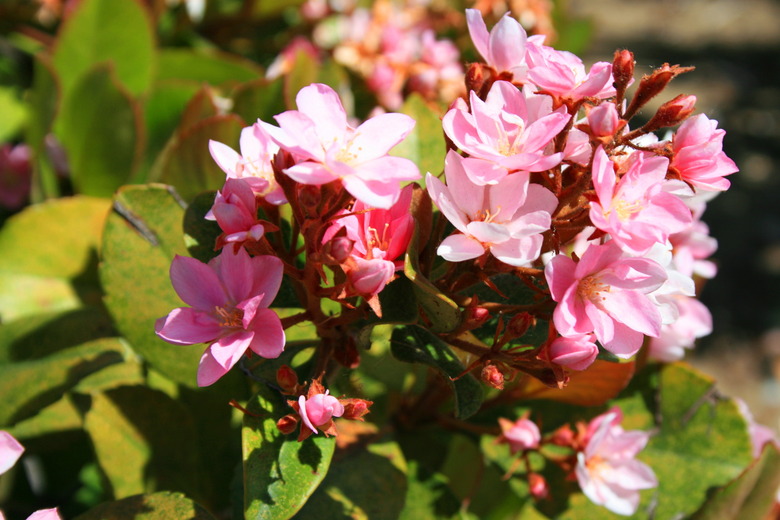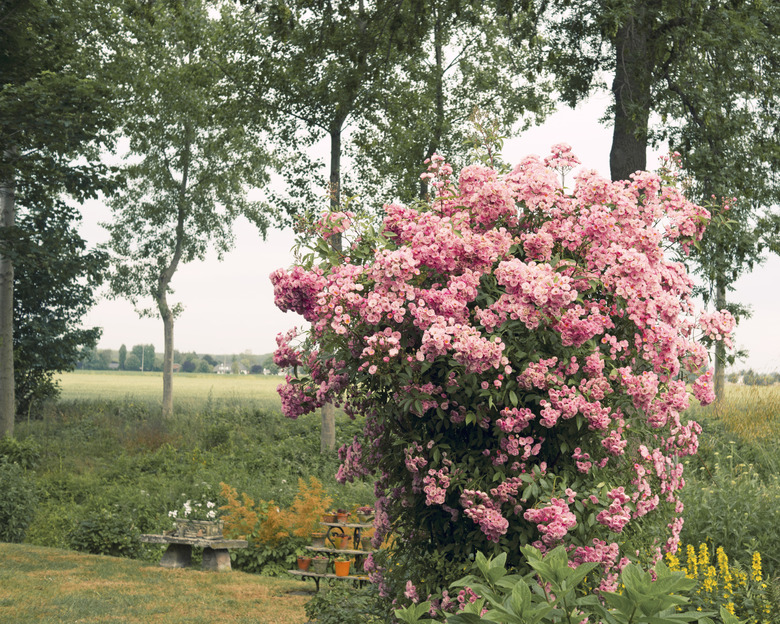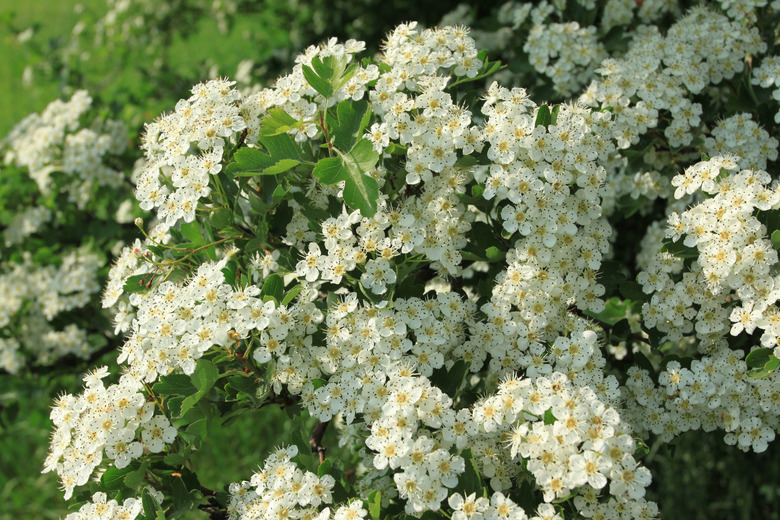Problems With Indian Hawthorn
Indian hawthorn is an evergreen shrub that that grows from 2 to 5 feet tall and is often used in landscapes in warmer climates. This plant features dark green, leathery leaves and is covered in white or pink star-shaped flowers in the late winter and early spring. Although the Indian hawthorn is known for its low-maintenance needs and lack of problems, this does not mean that it is without problems entirely. The plant is susceptible to a few diseases that can discolor and potentially kill the plant if it is not cared for properly.
Entomosporium Leaf Spot
One of the biggest problems with Indian hawthorn is its common susceptibility to entomosporium leaf spot disease. This disease will generally only cause cosmetic damage to the plant, but severe infections can cause the hawthorn's leaves to fall off, making the shrub prone to future infections, and vulnerable to damage from the cold and the infestation of insects.
Entomosporium leaf spot can be recognized by the presence of maroon-colored splotches on the leaves. These spots often grow together to spread the infection to larger areas of the plant. The infected leaves of other plants spread the disease during wet weather. It is most likely to be a problem when temperatures are between 60 and 80 degrees Fahrenheit and the plant's leaves have been wet for an extended period of time, especially in the 12- to 24-hour range. Planting Indian hawthorn in areas where water accumulates in the soil will encourage the growth of the disease. This particular species is best suited to well-drained soil because of this potential threat.
Root Rot
Another problem that plagues Indian hawthorn is root rot. This disease is potentially deadly to the entire plant and will often kill entire branches. It is also a disease that tends to strike when the shrub is planted in poorly drained soil.
Root rot is a fungal infection that infects the root system of the plant and causes leaves to wilt and fall off; eventually, it causes the twigs in the shrub to die. The disease is generally seen as vertical, discolored streaks in the woody portions of the plant beneath the bark. Sometimes a dark red or black sap will ooze from the plant. Infected plants generally grow more slowly than usual and eventually decline, according to the UC Davis Integrated Pest Management Program website.
Fire Blight
Fire blight is another problem that can occur in Indian hawthorn in certain instances. When the temperatures are between 65 and 85 degrees and there is a rainstorm with heavy wind, the disease will sometimes show up soon after. Blight on the leaves and flowers of the plant will appear as dark, wilted spots that make the foliage drop prematurely. The disease can also affect the woody parts of the plant. It is a systemic bacterial disease that makes affected plants look like they have been burned by fire, hence the name.
The good news about fire blight is that you can fight the spread of it by pruning the shrub. Cutting back infected limbs or areas where the leaves and flowers appear to be infected will prevent the spread of the blight and reduce the chances of future outbreaks.



